Urania telescope
Bachelor degree project
2020
University of Applied Sciences Dresden, Germany
Faculty of Design
Astronomy; the oldest science in the world. The almost infinite possibilities that the telescope offers to discover the night sky also tell us a lot about us and our places in the cosmos. In our everyday life this connection can get lost easily.
How might we make the wonders of the heavens more accessible?
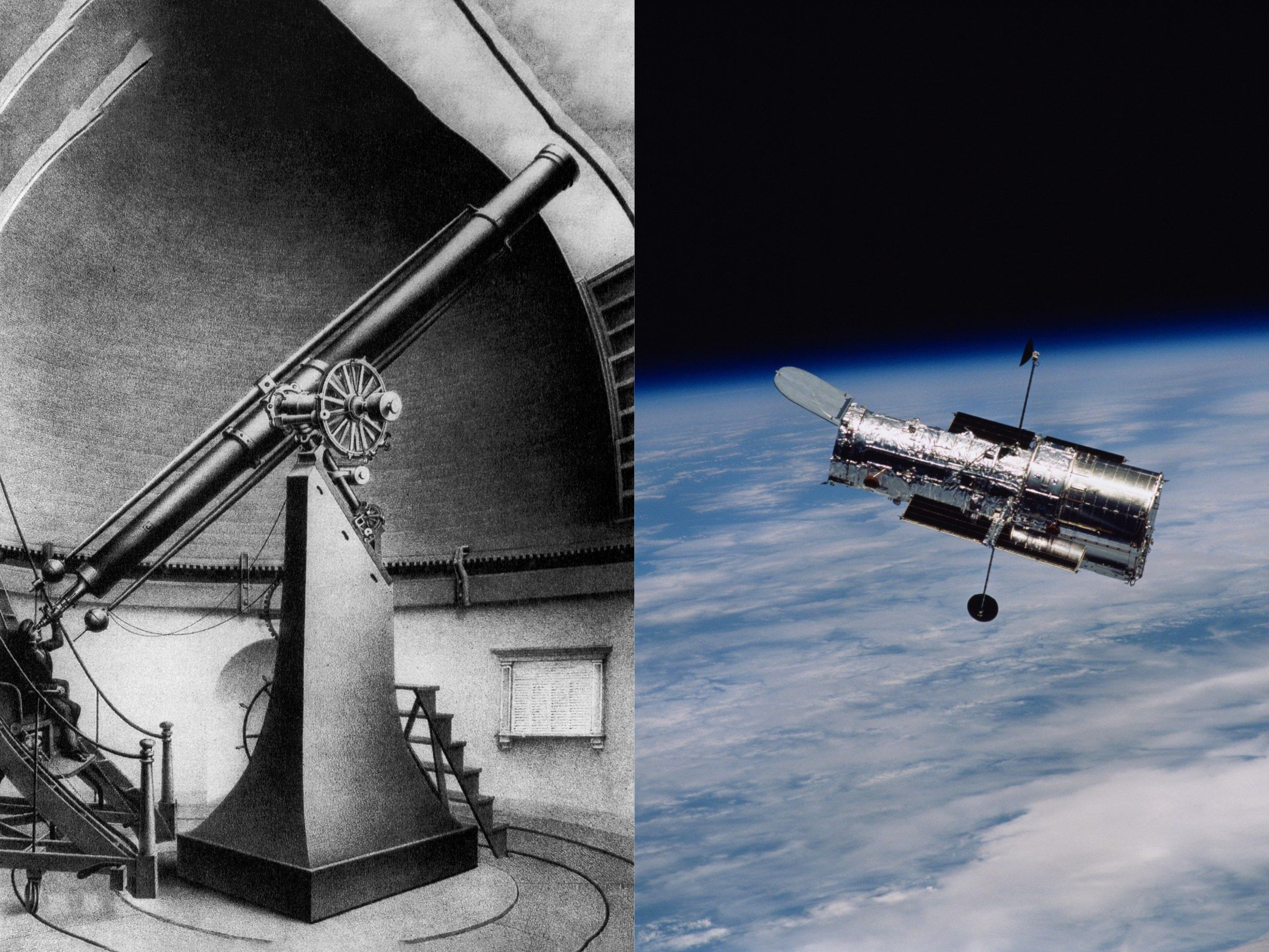
400 years of history
Telescopes have been around for hundreds of years; Astronomy is now an accessible hobby for everyone. While optics have significantly improved, the principles of observing the night sky remain the same.
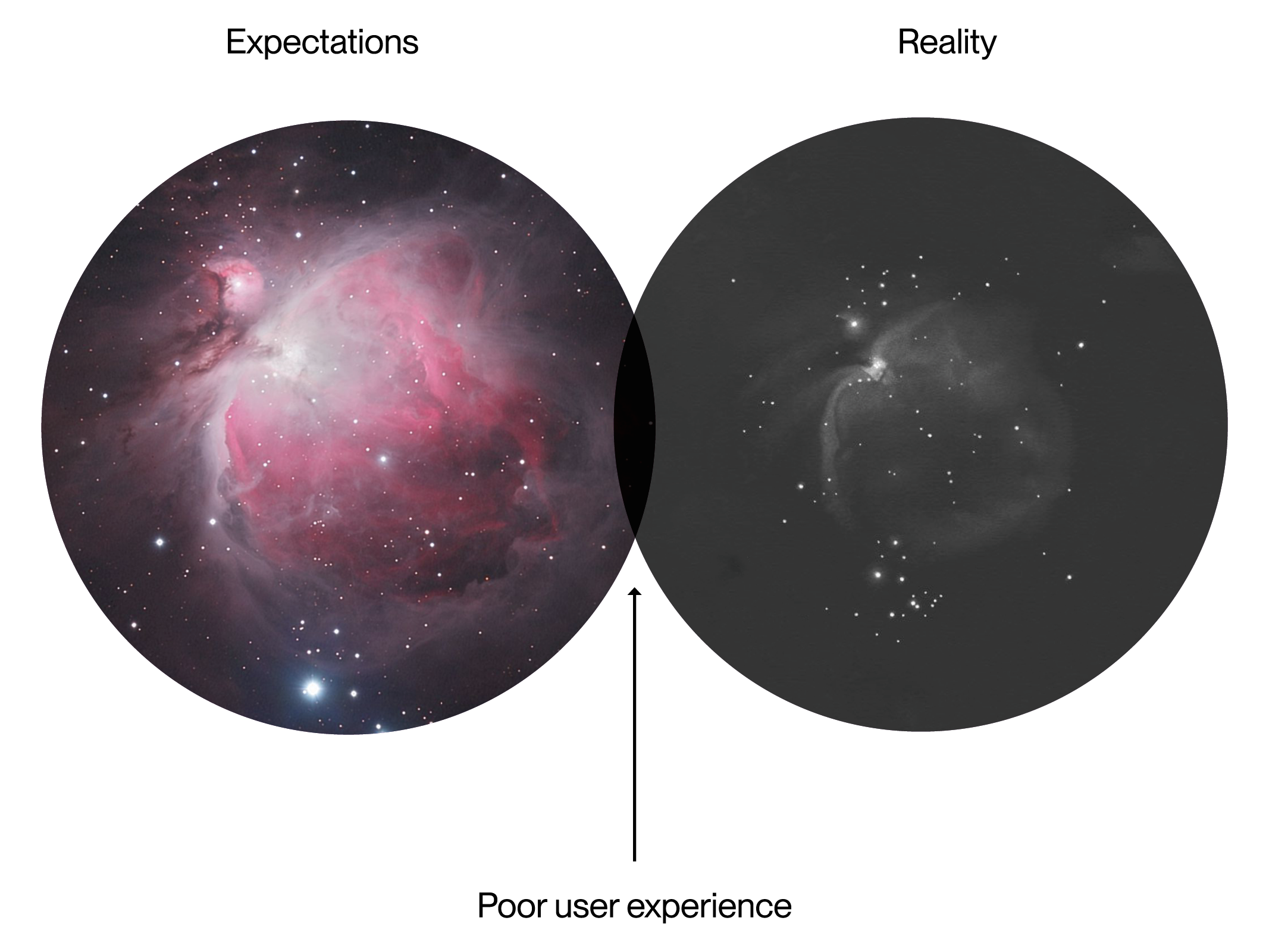
Problems
Great images of the Hubble telescope have skewed expectations of the amateuer astronomy experience; it takes years of experience to gain enough knowledge to capture images of galaxies and nebulae.
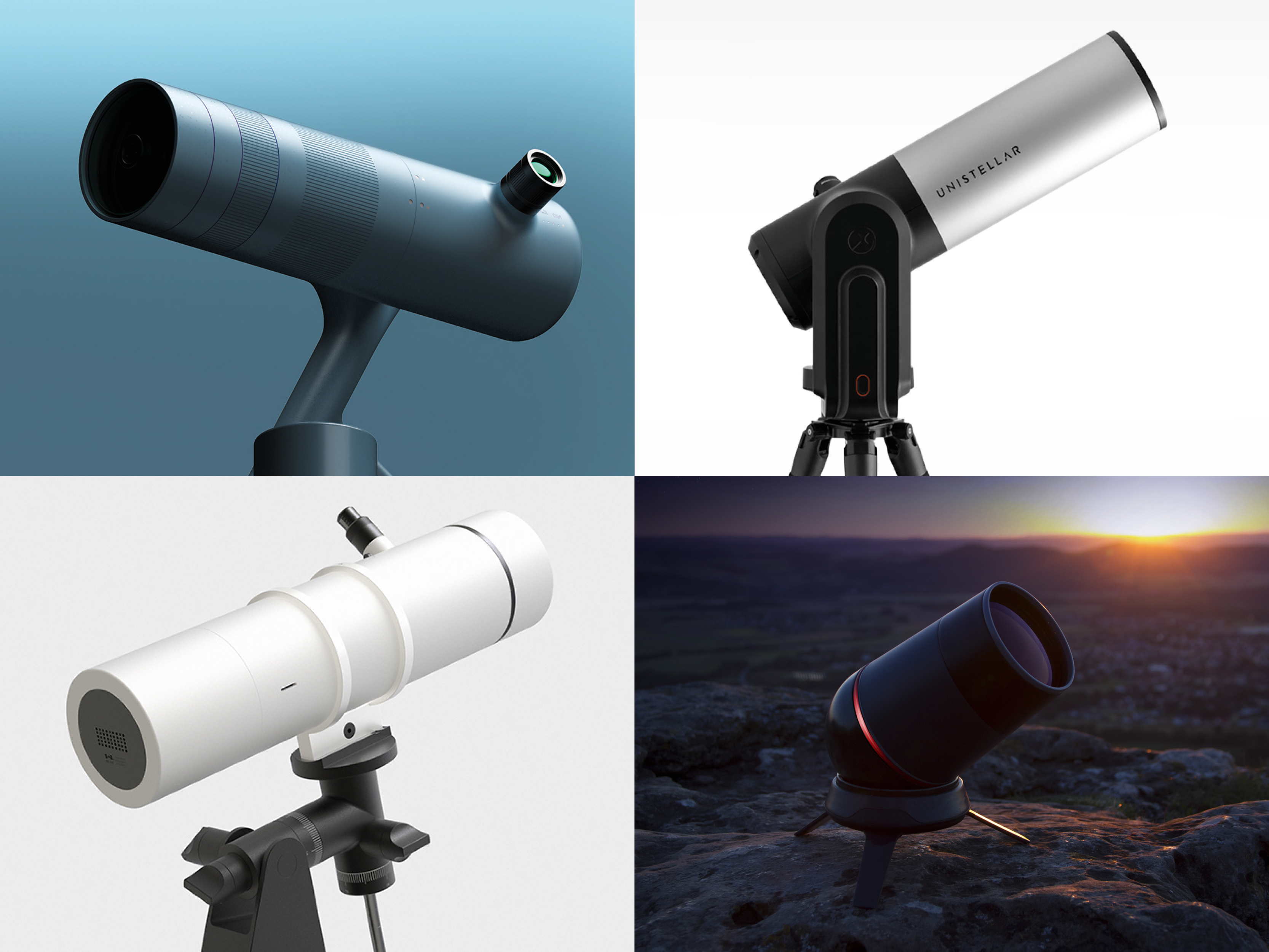
Opportunities
New telescope concepts can offer a new and easier user experience to amateur astronomy by using newly established technologies. Fully digital solutions use a camera instead of an eyepiece and capture color images of objects easily. This technical innovation also allows for a new form language of a new kind of modern telescopes.
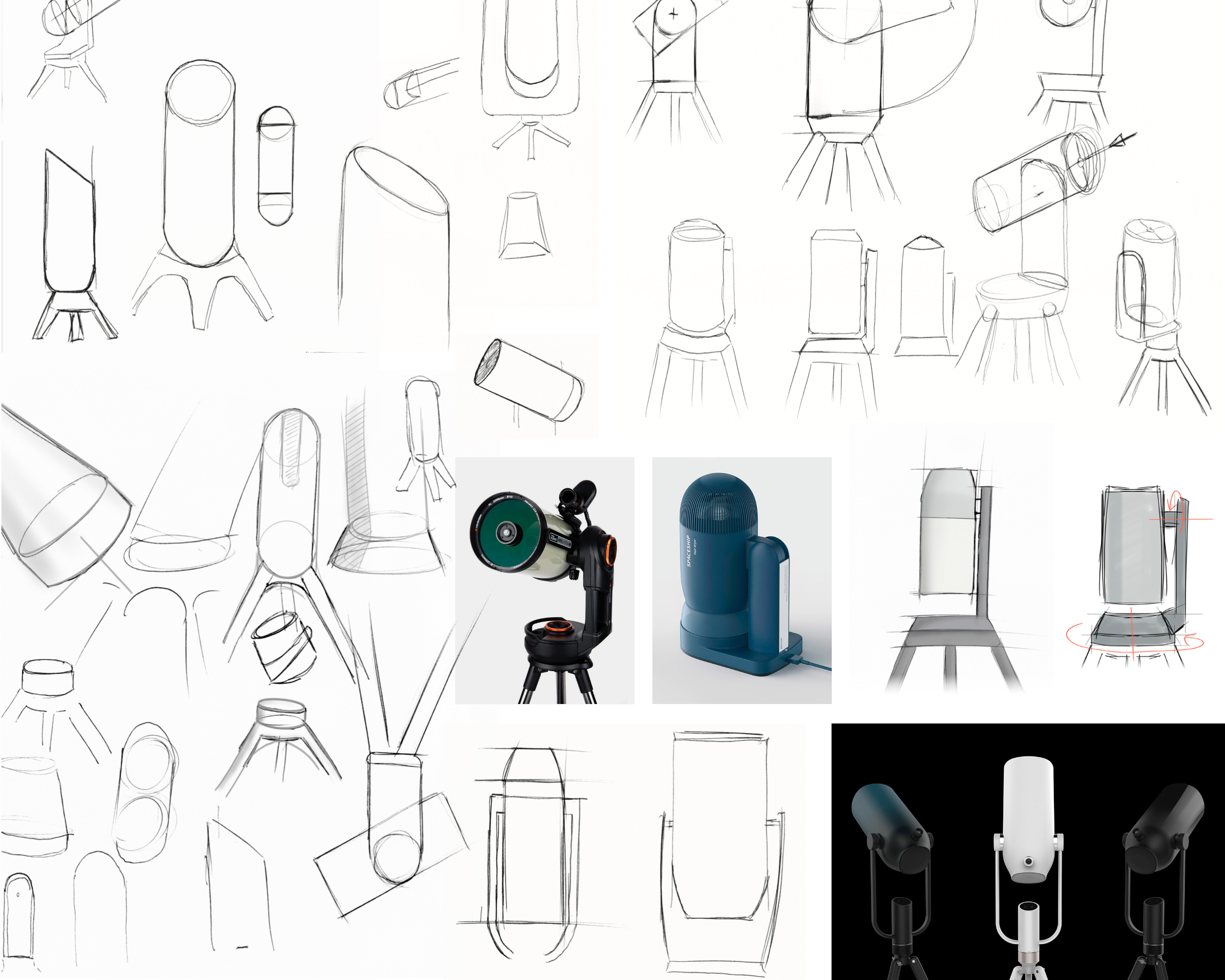
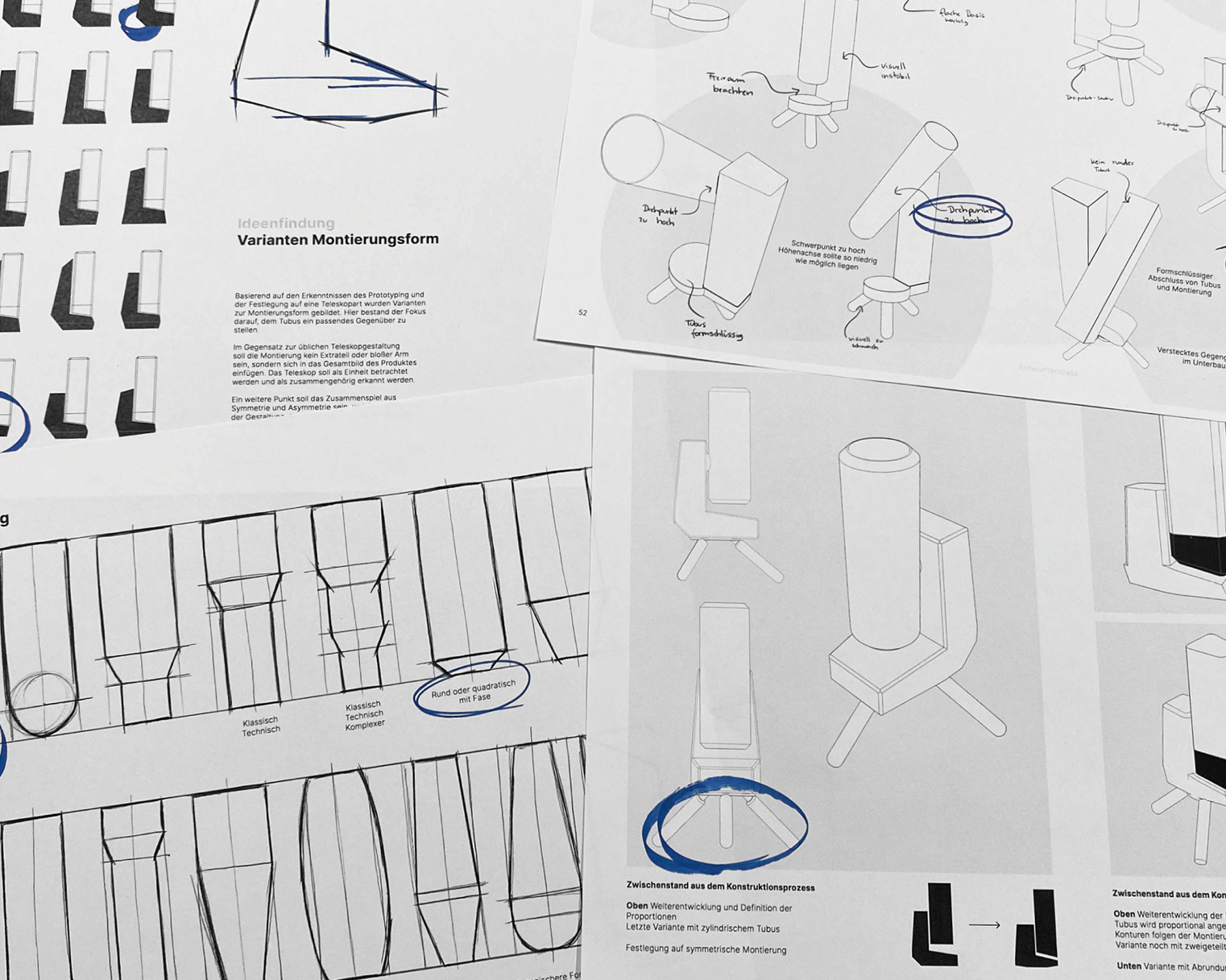
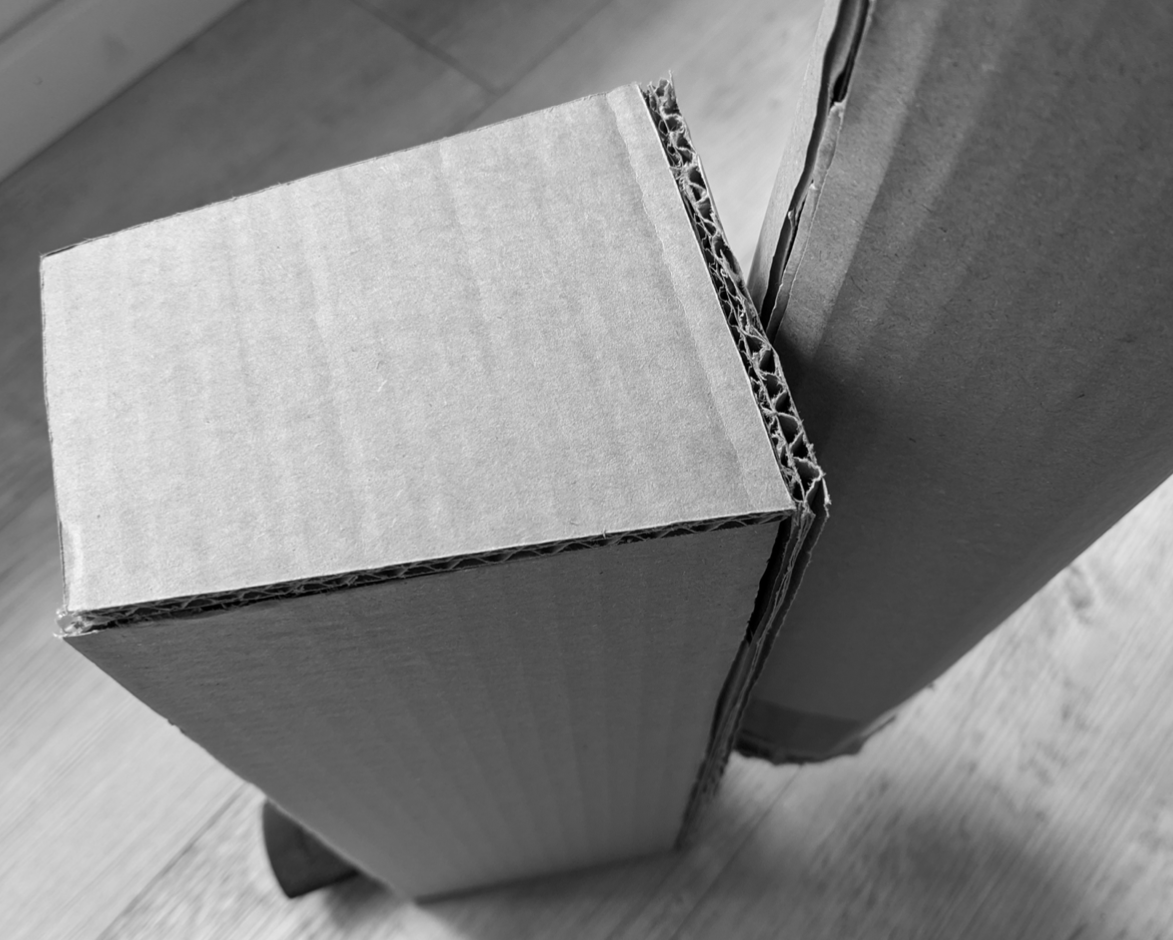
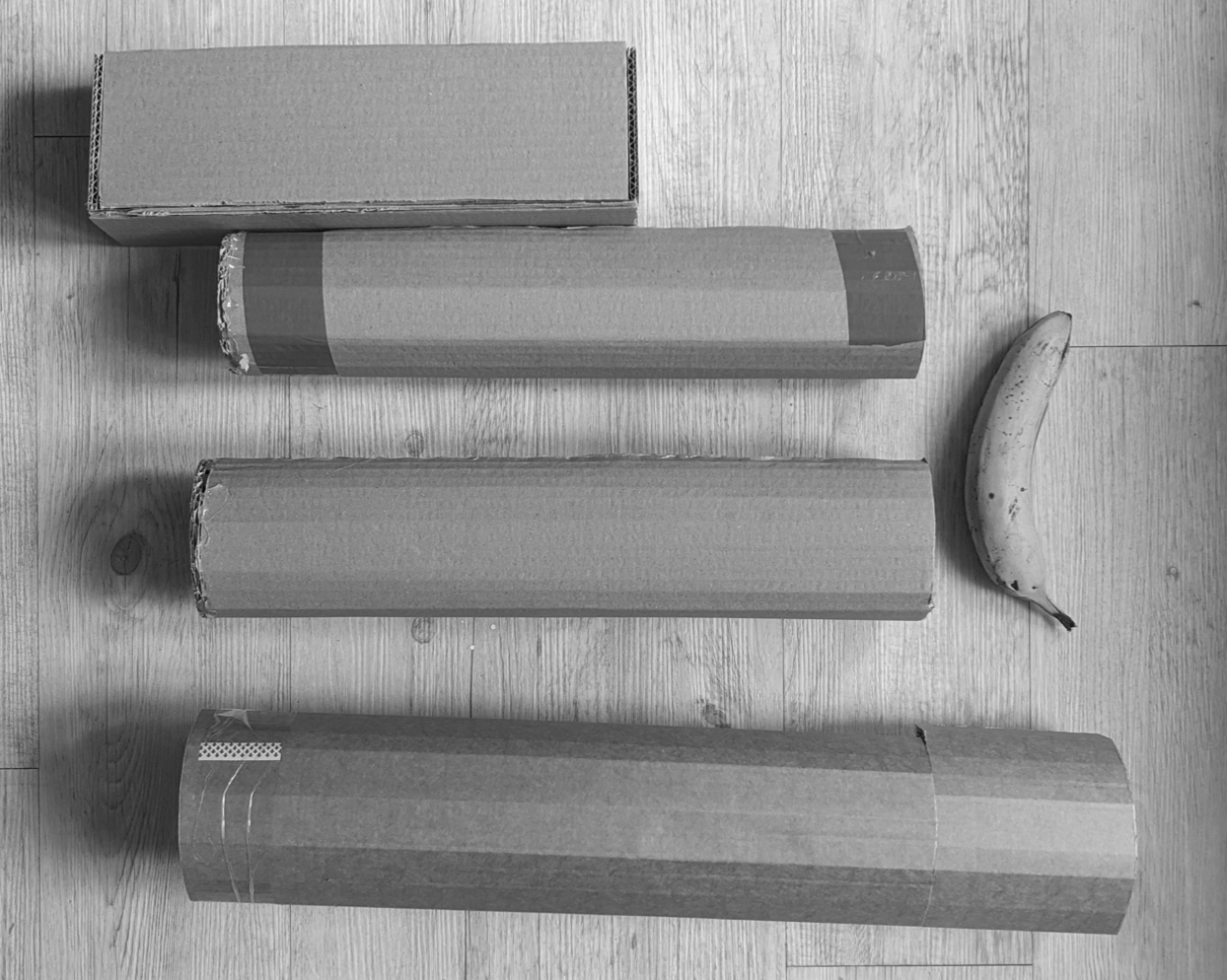
Form-finding process
In contrast to the usual telescope design the mount should not be an extra part or a mere arm, but fit into the overall image of the product.
The telescope should be seen as a unit and recognized as belonging together.
Moodboard
The new form language is inspired by the theme of space exploration of the 20th century and the strong functional design language of (outdoor) technical equipment.
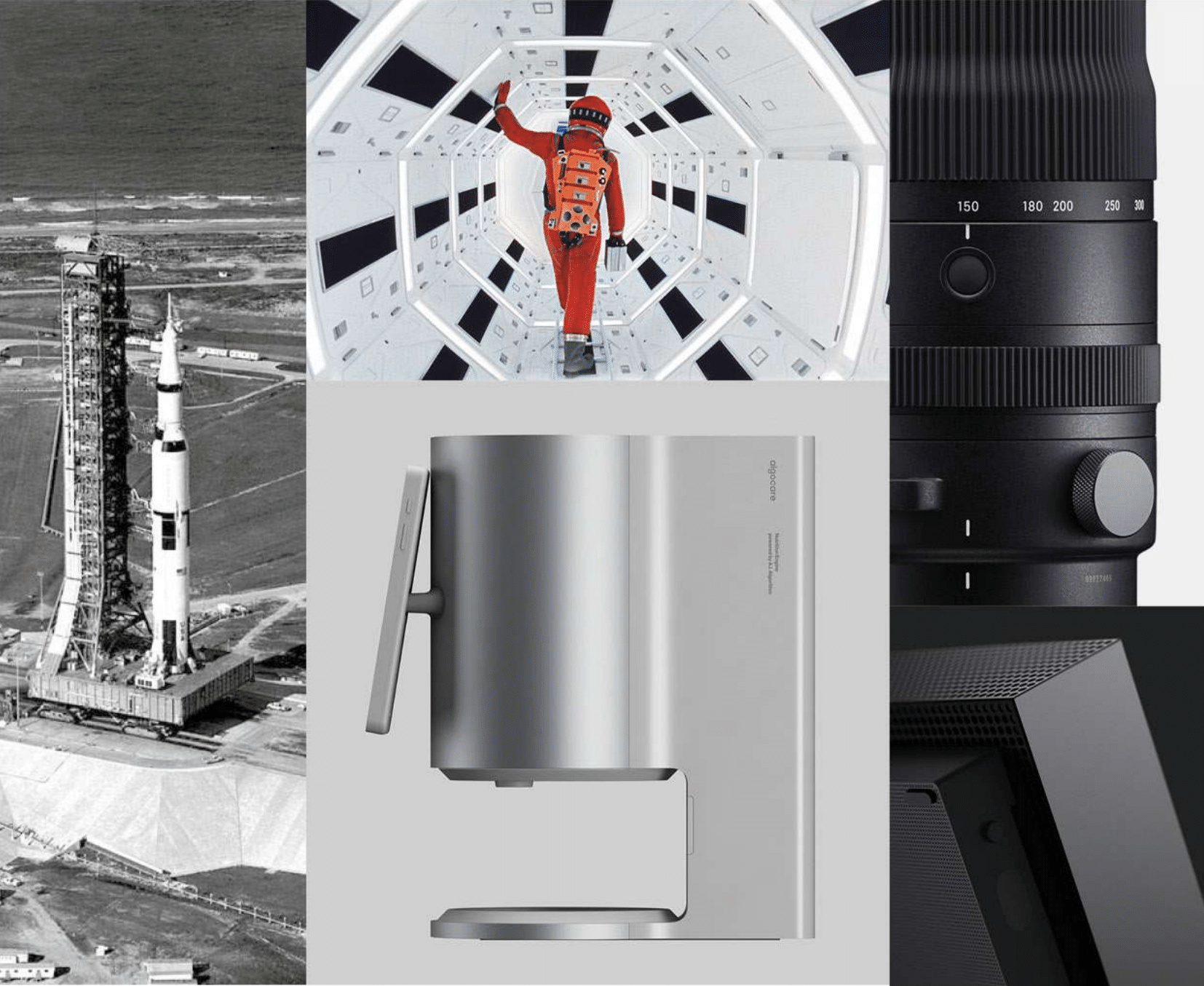
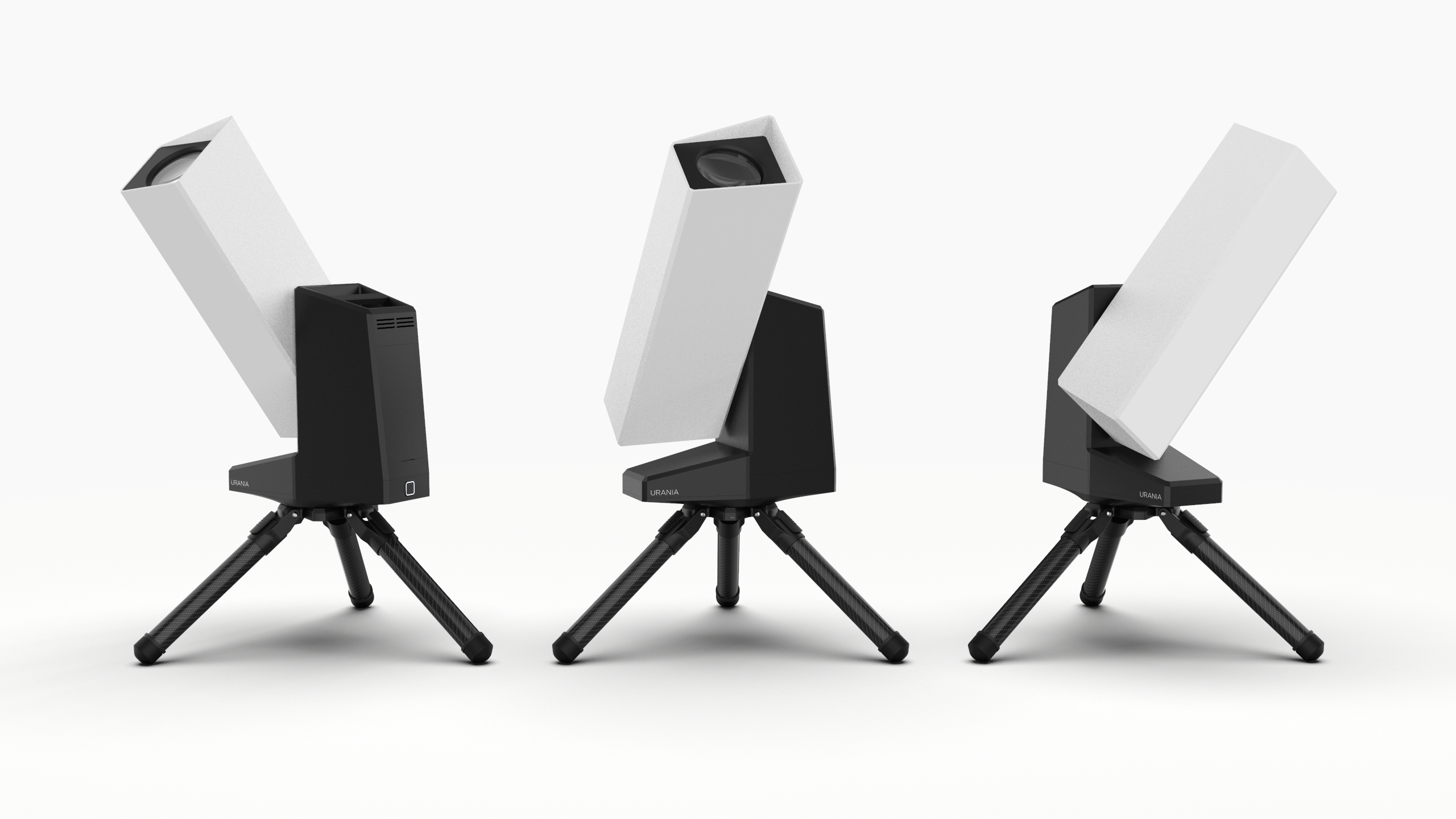
URANIA is a modern telescope system that makes it easy to get started in the hobby of astronomy. It is quickly assembled and ready for use within a few seconds. With the app and the integrated camera, observing nebulae and galaxies has never been easier.
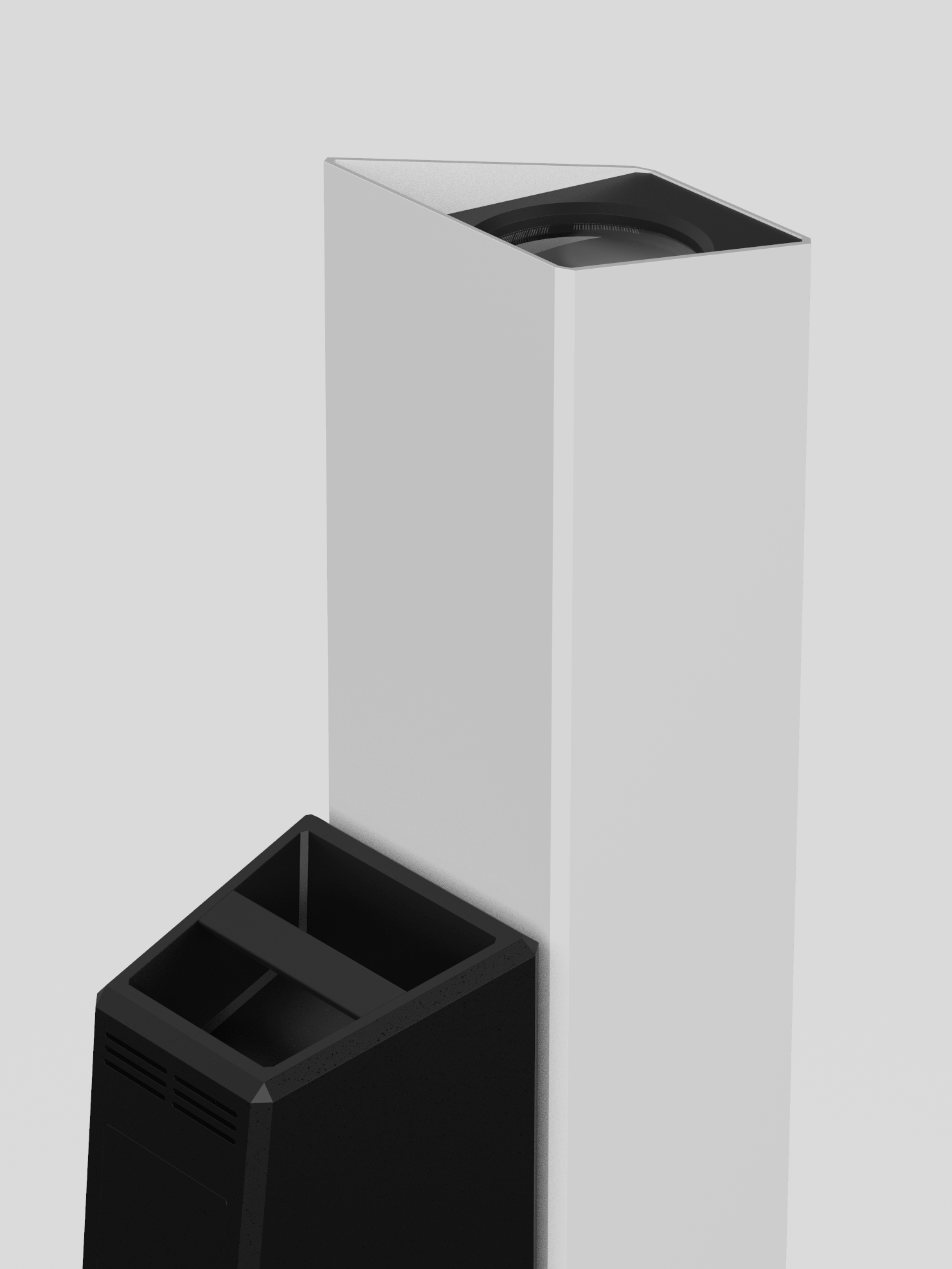
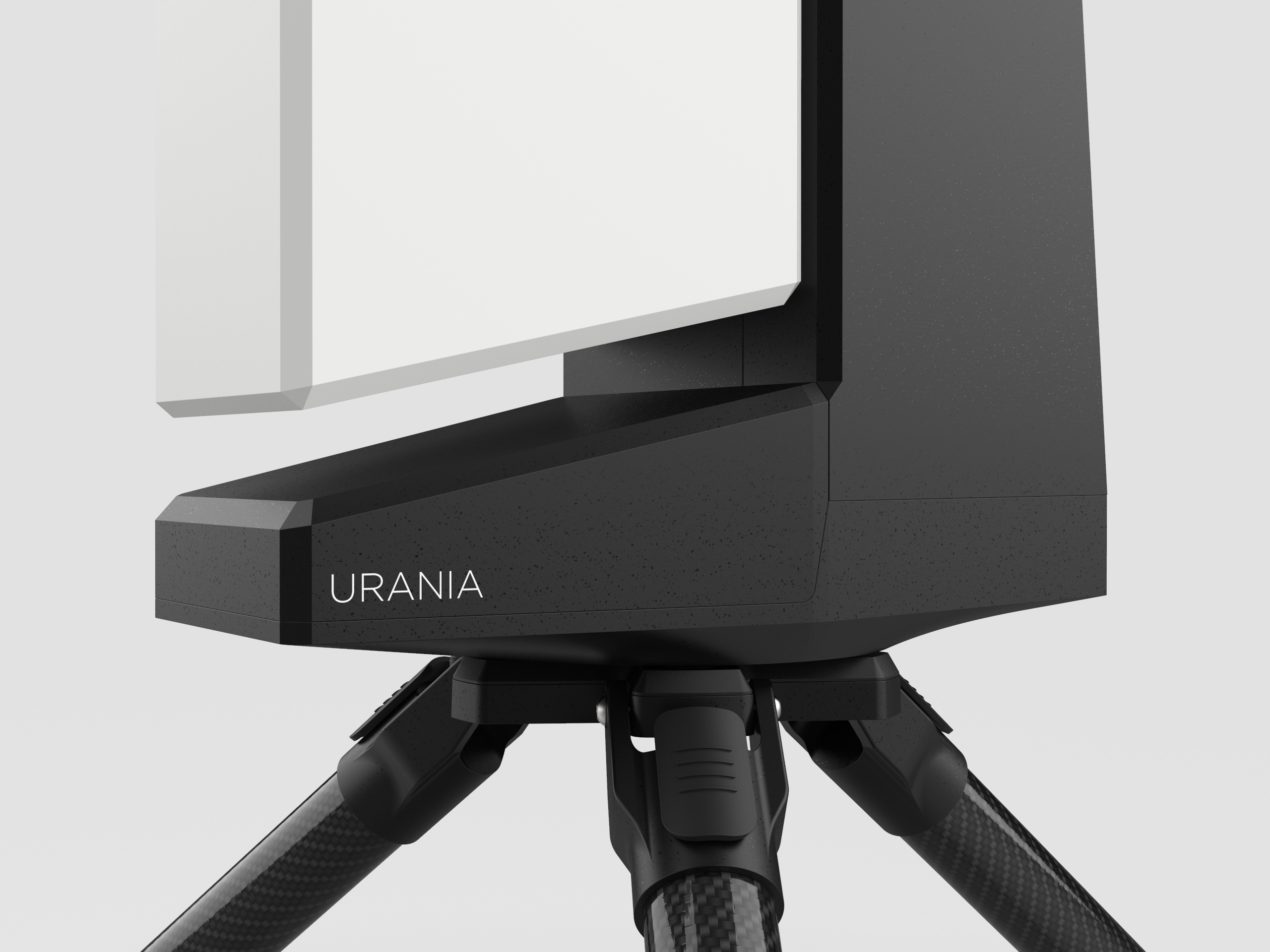
User scenario
Anyone who has the URANIA app installed on their device can see what the telescope sees. The controls can be shared and the night sky can be explored together.
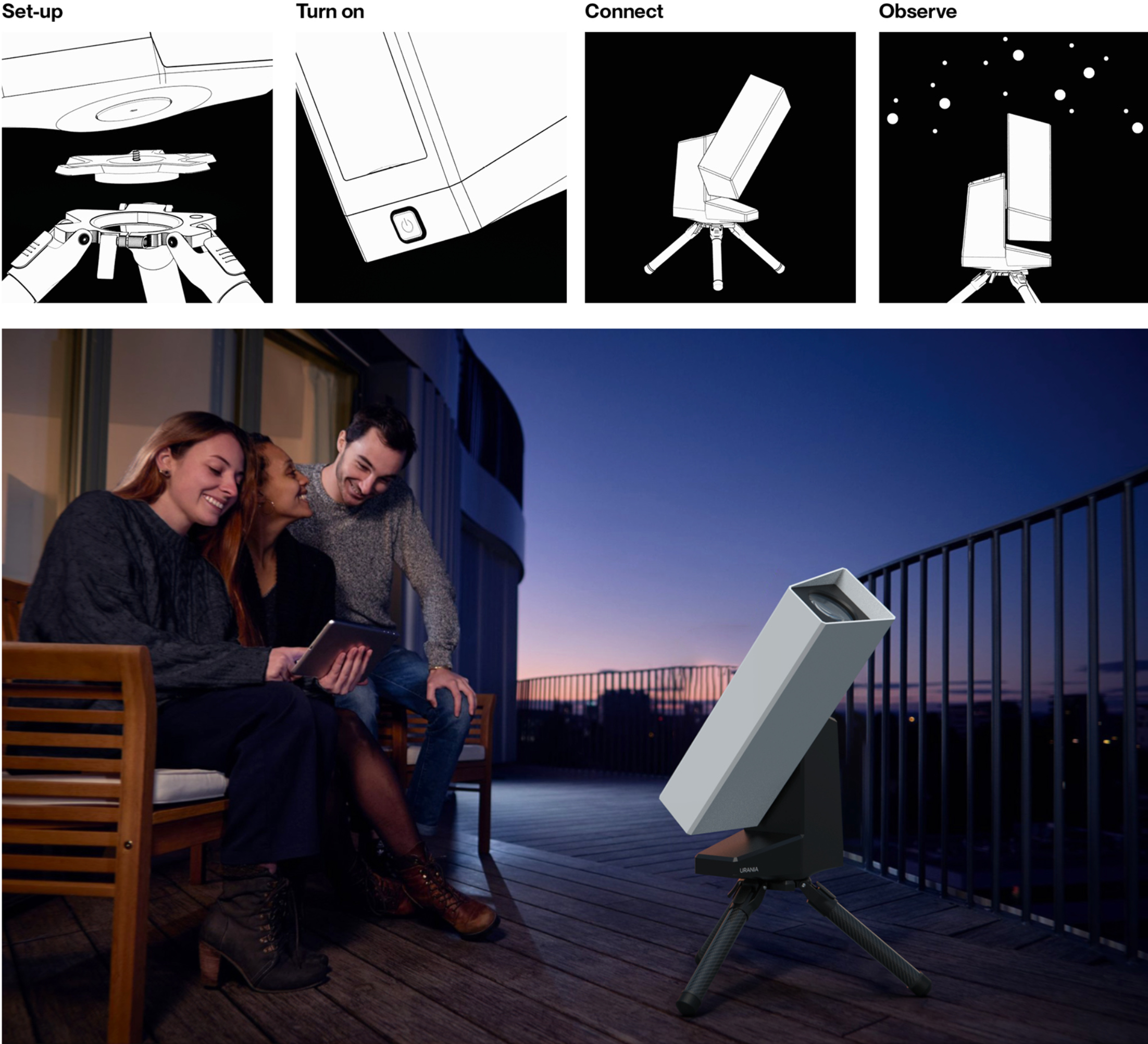
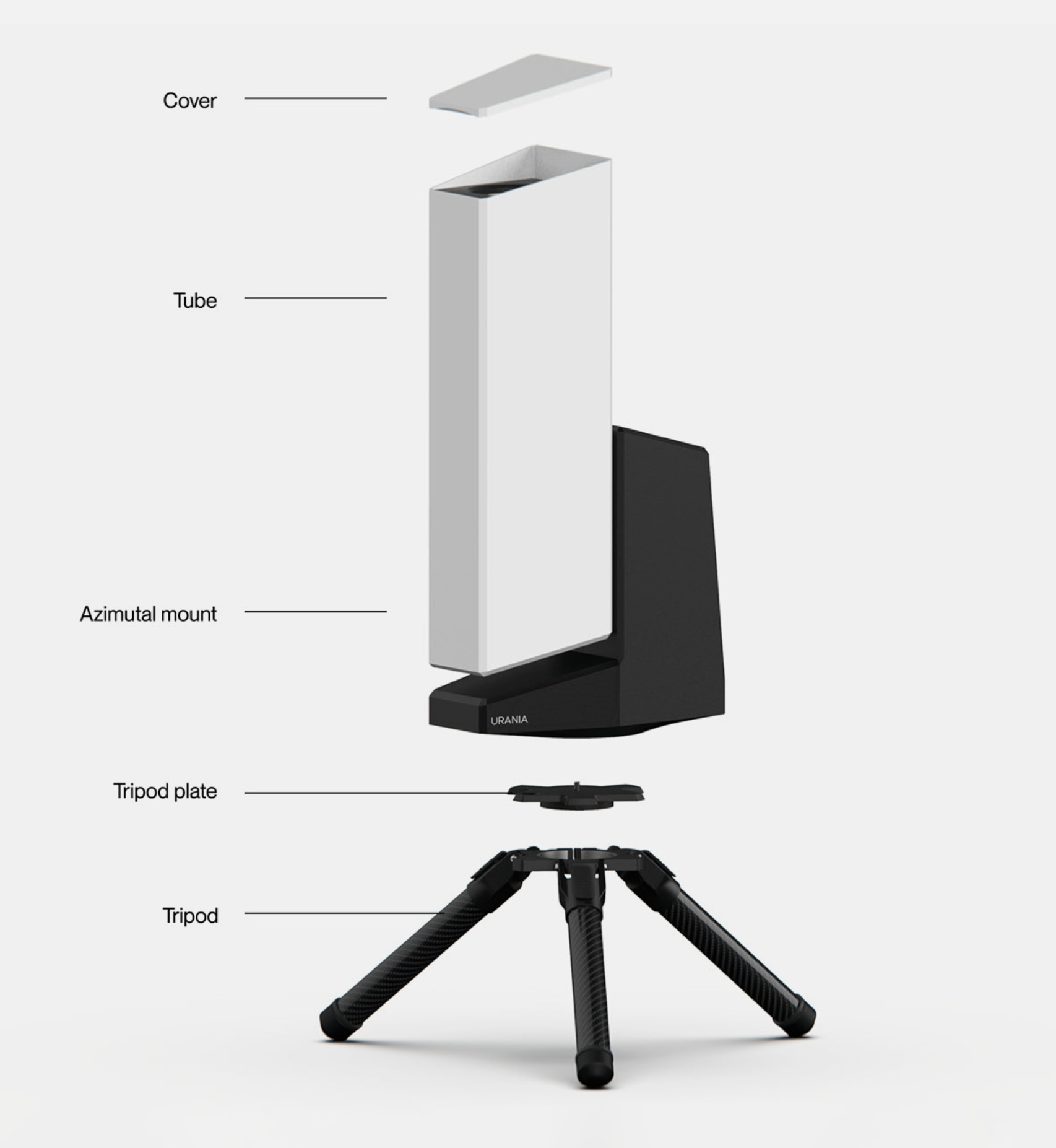
Technical specifications
Weight
Dimensions w/o tripod (LxWxH)
Operating temperature
Power supply
Operating time
Optics
Lens
Aperture
Foal Length
Aperture ratio
Focus
Camera sensor
Resolution
Output formats
Mount
Mounting type
Alignment
Tracking
Field rotation
8.7 kilogram
265 x 130 x 520 mm
-20°C to +40°C
USB-C/5.1 V min. 2.4 A
up to 10 h
ED Doublet Refractor
80 mm
400 mm
f/5
Integrated Autofocus
SONY-CMOS 1/1.8"
3096 x 2080 Pixel
.JPEG and .FITS
Alt-azimuth
Automatic star field detection
Integrated star tracker
Camera rotator to compensate for field rotation
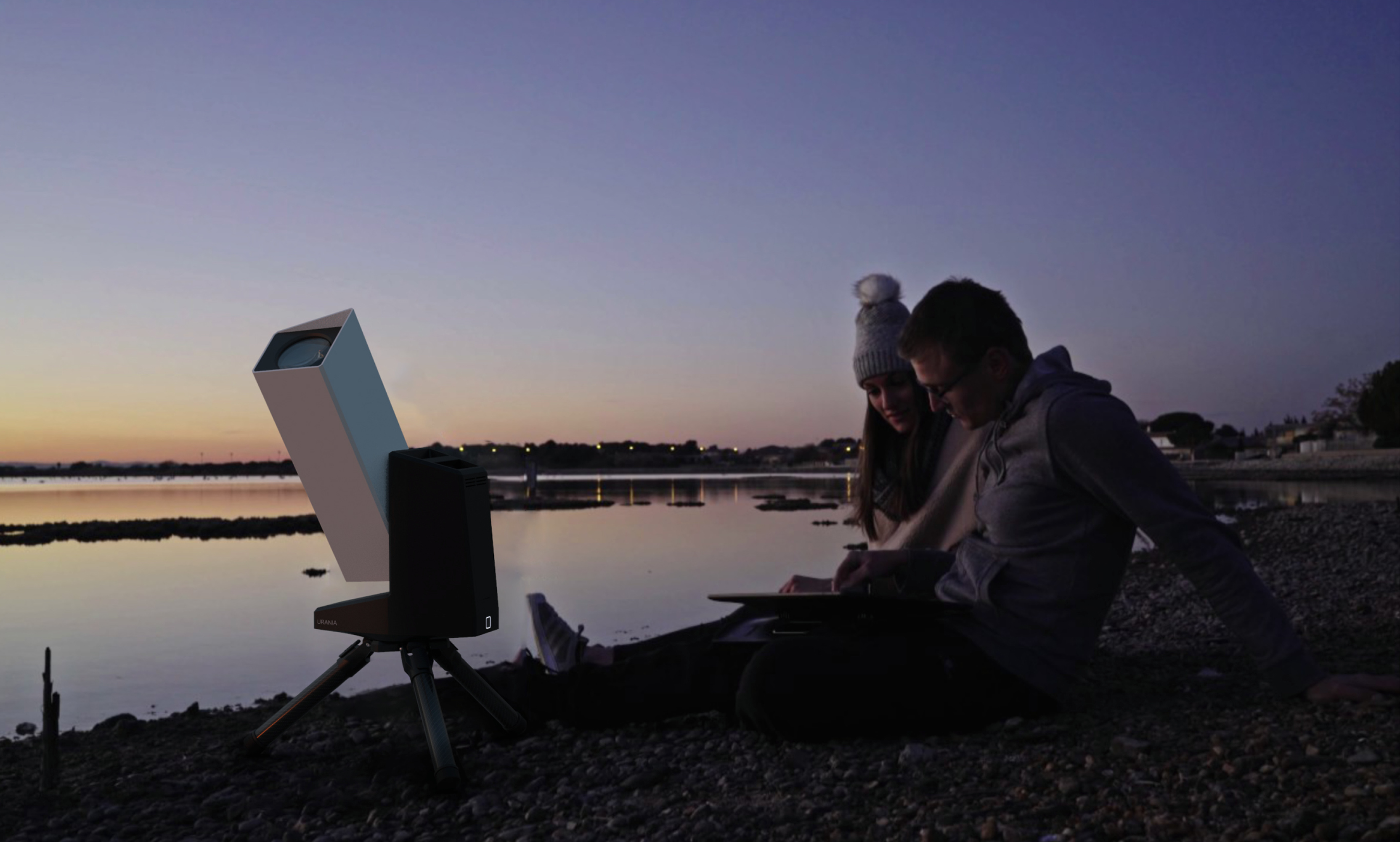
© 2024 Fabian Reimann. All rights reserved.